'Reuniting the Surigao Treasure': Ayala Museum and BSP's historic gold exhibit
This joint exhibit demonstrates the rich artistic traditions, complex social hierarchies, and sophisticated economic practices of the pre-colonial Philippines
“For the first time in the country, these once-dispersed gold objects have finally come together in the exhibition,” proudly said Mariles Gustilo, senior director of Ayala Museum. Through the collective efforts of the museum and Bangko Sentral ng Pilipinas, the joint exhibit titled “Reuniting the Surigao Treasure” brings to the public the priceless and historically important artifacts ‘reunited’ from the two preeminent precolonial gold collections.
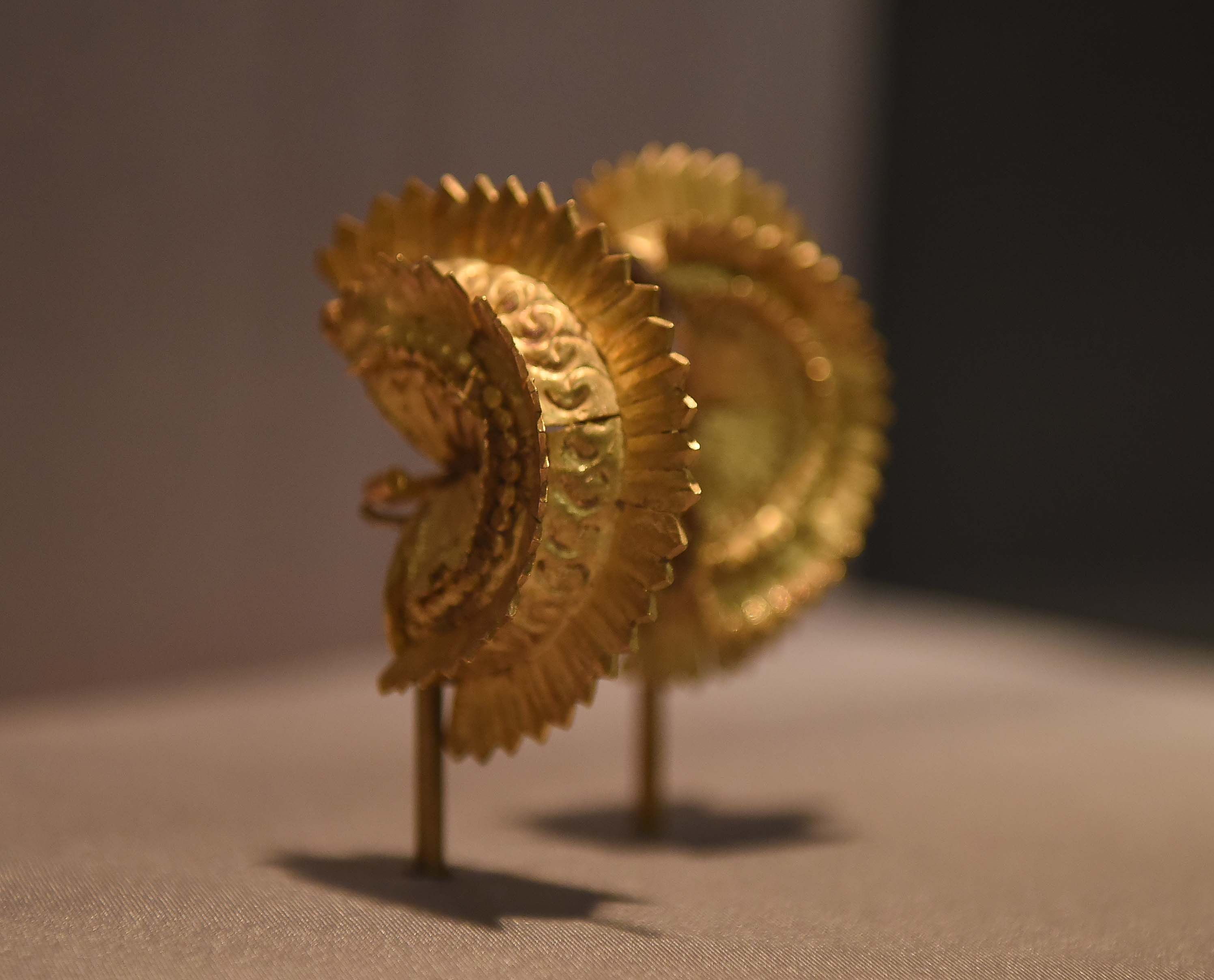
This joint exhibit demonstrates the rich artistic traditions, complex social hierarchies, and sophisticated economic practices of the pre-colonial Philippines. These golden treasures are material evidence of the once-thriving civilization that thrived in our islands before the advent of Spanish colonization.
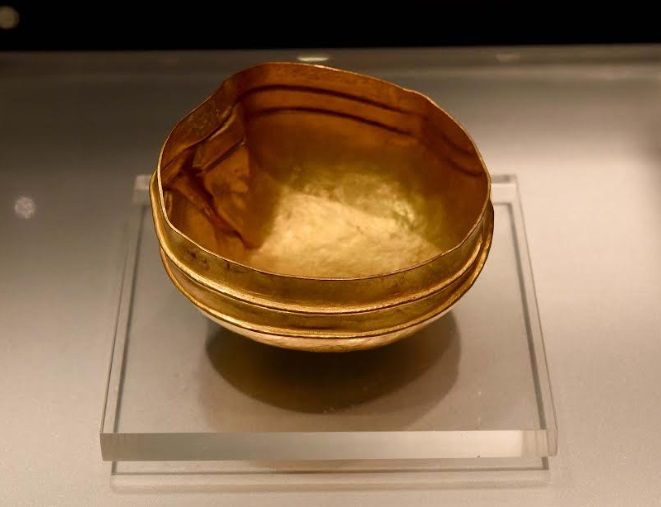
“Because of the collective effort between us and the Bangko Sentral ng Pilipinas, Filipinos young and old alike can visit, revisit, and marvel at the breathtaking objects, inspiring and reminding us of our country’s glorious precolonial past and what it says about us as a people,” added Gustilo.
“With the gold collection, you can see that we had a flourishing civilization. Our ancestors were connected to advanced societies in South and Southeast Asia and knew about religions. We had all these gold with Hindu-Buddhist motifs and we were wealthy. The exhibition's goal is to raise consciousness of the facts that have been forgotten, so there is collective amnesia. The colonizers wanted to emphasize that we were nothing until they came, so we forgot what we had before we were colonized,” said curator Florina H. Capistrano-Baker. “So, any exhibition of pre-colonial material almost always tries to surface that, and it was not just in Surigao, not just in Butuan, we found the gold all over the country.
“The secondary goal is to explain to people why this is a Surigao treasure. It’s not a straightforward treasure find, it was more complex than that; it has been dispersed and we are trying to reconstruct that,” added Capistrano-Baker.
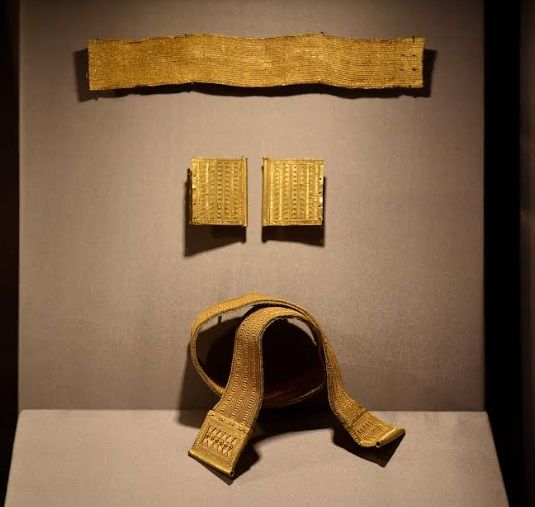
Several precolonial gold objects in both the Ayala Museum’s and BSP’s collections can be traced back to what is popularly called the Surigao Treasure.
According to the Ayala Museum, Edilberto “Berto” Morales, a heavy machinery operator working on an irrigation project in Sitio Magroyong, barrio San Miguel, Surigao del Sur, unexpectedly unearthed golden objects scattered along a 100-meter stretch of landfill quarried from a nearby mountaintop on April 27, 1981. He found the golden bowl and accessories such as bangles, necklaces, and waistbands. When news of his treasure find spread, he inspired a gold rush, and treasure hunters, dealers, and collectors came to Magroyong in search of more gold.
Together for a “fuller” story.

The new exhibition adds a selected 38 gold works loaned from the Bangko Sentral ng Pilipinas (BSP) to around 1,000 gold items on permanent display.
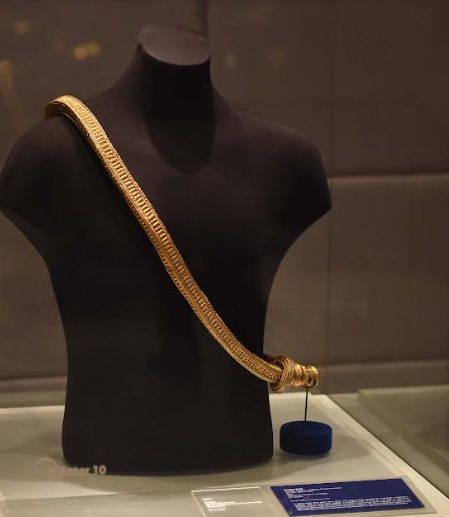
Exhibition pieces are from either the Ayala Museum or the BSP collection and together tell a “fuller story” of our ancestor’s way of life.
Among the reunited pieces are:
The massive, four-kilogram gold chain is believed to be a Hindi upavita, or sacred thread (Ayala Museum) with its pronged finial (BSP). The chain was slung across the chest and believed to bring healing and protection.
The intricately woven gold waistbands with seven complete belts from the BSP collection and several partial and complete sashes and buckles from Ayala’s collection. Together, they tell the story of power and opulence in the ancient polity of Butuan in northeastern Mindanao, where the elite could afford stunning accessories of gold.
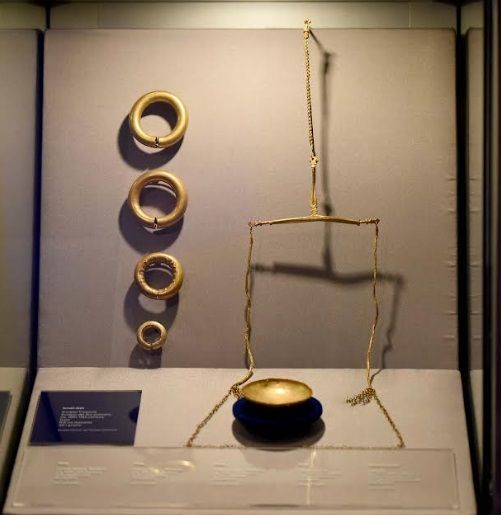
A gold balance scale that likely belonged to a rich merchant (Ayala Museum) and a gold weighing scale pan (BSP). Along with other objects from the BSP collection, the gold weighing scale tells the story of an advanced culture that traded with neighboring polities before European contact.
The BSP collection includes a 4.5-meter long kamagi chain consisting of 12 necklaces connected end-to-end and weighing almost 1.5 kilograms, gold bangles set with semi-precious stones, necklaces consisting of suso beads, and gold finials.

“To see the collection is also to be grateful that institutions like Ayala Museum and the Bangko Sentral ng Pilipinas not only want to protect this legacy but also work together to share them with Filipinos and the world,” said BSP Governor Eli M. Remolona, Jr.
The new "Reunite" exhibit is open to the public and will run until 2027 at the Ayala Museum.
(Photos by Sonny Espiritu)